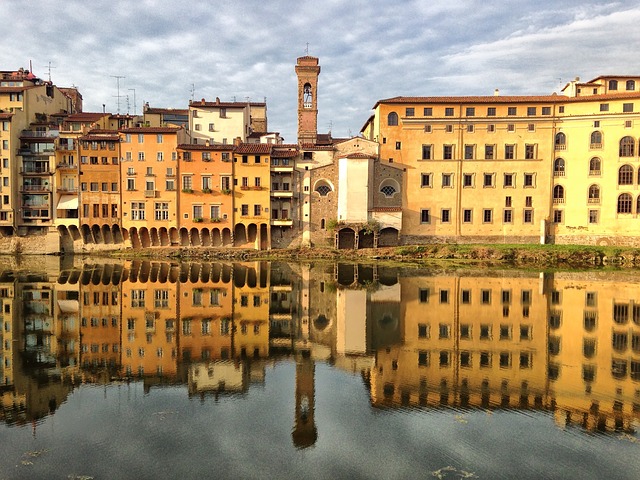Prisons hold significant real estate value for cities due to their centralized locations and vast spaces. Post-closure, former prison sites are being repurposed into mixed-use developments with residential apartments, retail, and cultural amenities. This trend revitalizes underutilized land, boosts local businesses, attracts investment, and creates jobs, ultimately strengthening a city's infrastructure and tax base through economic growth driven by substantial real estate holdings and diverse revenue streams.
Prisons, often considered mere institutions of punishment, are emerging as unexpected catalysts for local economies. This article explores how notable correctional facilities are transforming into vibrant hubs that drive urban development through a real estate lens. We delve into their economic impacts, from generating substantial revenue to fostering community growth and creating diverse business opportunities. Additionally, we examine the delicate balance between rehabilitation and contributing to local prosperity.
The Role of Prisons in Urban Development: A Real Estate Perspective

Prisons, often considered mere institutions of punishment, can significantly influence urban development from a real estate standpoint. The conversion or proximity of correctional facilities can spark economic growth and urban renewal in nearby areas. For instance, former prison sites have been repurposed into mixed-use developments, featuring residential apartments, retail spaces, and even cultural centers. This transformation not only revives underutilized land but also brings new life to surrounding communities, fostering local business growth and attracting investment.
The real estate potential of prisons lies in their centralized locations and substantial available space. After incarceration rates decrease or facilities close down, the large-scale properties can be leveraged for more productive uses. This includes modern office spaces, industrial parks, or even green spaces, contributing to a city’s overall infrastructure and livability. Such developments can attract businesses, create job opportunities, and enhance the local tax base, ultimately stimulating urban growth and economic stability.
Economic Impact: How Prisons Generate Revenue and Create Opportunities

Prisons, often seen as institutions of punishment, also play a significant role in stimulating local economies. These facilities generate substantial revenue through various means, one of which is their large-scale real estate holdings. Prisons require extensive infrastructure and land, leading to significant construction projects that boost the local economy. This includes not just the initial building of the prison but also ongoing maintenance and expansion efforts.
Moreover, prisons create employment opportunities directly and indirectly. They need staff such as guards, administrators, healthcare workers, and teachers, contributing to local job markets. Additionally, prisons often foster economic growth through their links to nearby businesses. Services ranging from food supply to clothing manufacturing may be contracted out, providing additional revenue streams for the surrounding community.
Community Relations: Balancing Rehabilitation and Local Growth

Prisons, often viewed as sites of punishment, can also play a surprising role in fostering community relations and driving local economic growth. Beyond their primary function, many institutions are transforming into hubs that offer unique opportunities for nearby areas. One key aspect is real estate development; vacant prison lands, once deemed unsuitable, are now being re-imagined for residential, commercial, or mixed-use projects. This not only provides affordable housing options but also stimulates the local market with new businesses and infrastructure.
The coexistence of rehabilitation and community growth is a delicate balance. However, when managed effectively, it can lead to vibrant partnerships. Prisons can contribute to local economies through job creation, training programs, and vendor agreements. Moreover, they can engage in educational initiatives, collaborating with nearby schools and organizations to offer skills development and work experience, ultimately enhancing the region’s talent pool. Such positive interactions can transform former prison towns into thriving communities, showcasing that rehabilitation and economic prosperity can go hand in hand.






